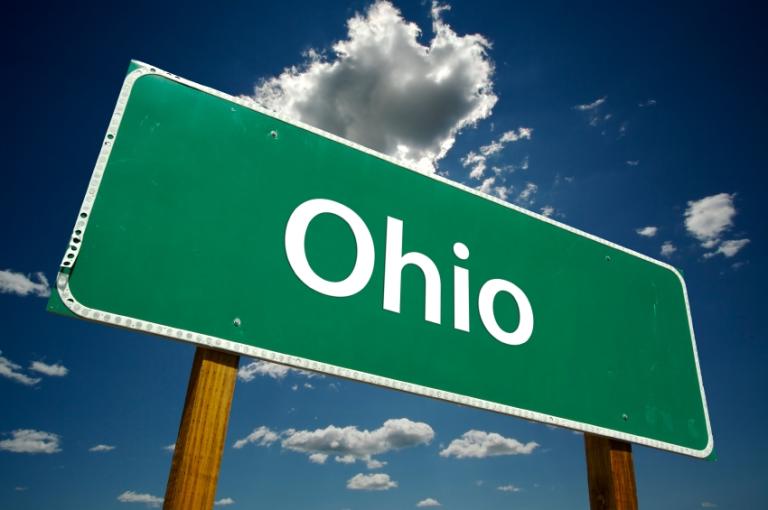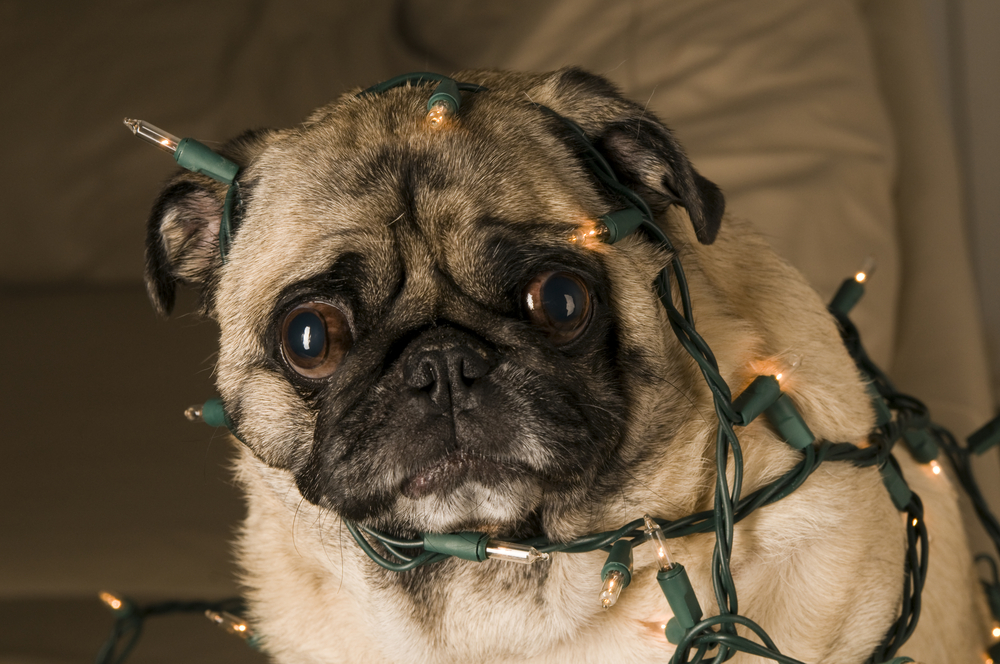
Shutterstock
Send your question to Umbra!
Q. Dear Umbra,
I want to upgrade to new, more efficient LED Christmas lights, but what do I do with my old lights? It seems wrong to just trash them.
Lightly,
Maxwell E.
Bismarck, N.D.
A. Dearest Maxwell,
Do not throw your old lights away!
Much has changed since the last time I devoted a column to LED holiday lights, in the relatively dark ages of 2005. Back then, I thought the trash might be the only option for your twinkly cast-offs. I was tsk-tsked by several readers for suggesting as much, and am happy to report that you now have merrier options.
For starters, many municipalities and utilities will take your old lights at special “trade-in” days or via seasonal programs. Green-leaning Minnesota boasts the nation’s first statewide such program, and over in the St. Louis area, there’s a fast-growing model that expects to collect 128,000 pounds of light strings this year. I have also heard tell of major retailers including Home Depot, Lowe’s, Walmart, Sears, and K-Mart accepting lights, sometimes in exchange for a coupon toward a purchase of LEDs. So check around.
If you can’t find anything locally, several online retailers are happy to take your lights by mail. I haven’t vetted them, but options include Christmas Light Source of Texas and HolidayLEDs of Michigan. And if you live up there in British Columbia, keep an eye out for the friendly folks from BC Hydro — they might switch your lights out when you least expect it!
What happens to your brilliant bulbs when you hand them over? They are typically sold to a recycler who chops them up and separates them into their reusable — and sometimes valuable — components, including plastic, glass, copper, and brass. This eye-opening video shows how the process works in one factory in China. The plastic mush will become slipper soles! Watch and learn, and possibly rethink the need for holiday lights in the first place.
Of course, if you’re feeling crafty, there are always people out there with interesting ideas for upcycling lights into new things like lamps, rings, and wreaths.
So is it really worth dismantling or discarding your perfectly good lights just to buy some newfangled ones? Probably, and plenty of people are drinking the Kool-LED (sorry). The new lights use about 90 percent less energy than traditional bulbs, which translates into energy and cost savings. The Department of Energy breaks it down: running incandescents for 40 days would cost $9.50, compared to a mere $0.39 for LEDs. When you look at buying the lights and running them for 10 seasons, you get $117.86 vs. $21.69. If you’re still feeling gun-shy about LEDs, may I point out that incandescent mini-bulbs use far less energy than the big bulbs. So if you’re sticking with old-school, go small.
But hark, LEDs offer other benefits as well. Since they don’t generate heat, you don’t have to worry as much about your Doug fir going up in flames. They’re also more durable. Take it from this fellow at Consumer Reports. He is very serious about his lights.
Speaking of people who are serious about their lights: Did you know that the winner of last year’s Good Morning America contest for best national holiday light display was a family from Tallahassee, Fla., who decorated their house with 170,000 LEDs and set them to music as a tribute to the military? Now you know, and you should watch at least one minute of this video.
Thanks to another gentleman who is extremely serious about holiday decorating, this time in Utah, I have stumbled upon a relatively new trend: Some individuals and municipalities are buying renewable energy credits to offset the energy used by their light displays. This is the sort of information that makes one marvel at the world we live in — we must have our choreographed candy canes, but we’ll support wind energy to “make up for it”! — but I suppose it’s better than simply burning through the holidays with no remorse. As for me, I plan to dance around one soy candle and call it a night.
Brightly,
Umbra




